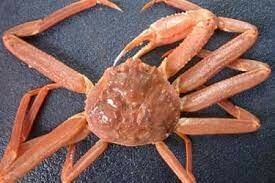Jim Lichatowich would argue that predictions about "record" runs of salmon returning to the Columbia River this fall aren't telling the whole story. Runs of hatchery salmon go up and down from year to year, he points out — but none in recent decades equal the bounty of fish that swam up the river before European settlers arrived with their fishing fleets and, later, their dams.
Lichatowich (pronounced Lick-aTAU-witch) pokes many holes in contemporary fish management policies in his new book, "Salmon, People, and Place: A Biologist's Search for Salmon Recovery." The book provides insights into the challenges fish biologists face as they try to rebuild salmon and steelhead runs. It's also a thoughtful examination of the politics of fish management from someone who knows it from the inside.
Lichatowich, 73, spent 19 years working for the Oregon Department of Fish and Wildlife, rising to become assistant director for fisheries. The trained scientist found that his views clashed with ODFW internal politics, however, so Lichatowich quit and got a job as a habitat biologist for the Jamestown S'Klallam Tribe on the Olympic Peninsula. Over the past 25 years, he's worked as a consultant and served on several scientific advisory panels to fishery managers, as evidenced by numerous certificates in the office of his home in Columbia City, Ore.
He's come to this conclusion: "In spite of the billion-plus dollars spent on salmon recovery in the Columbia River in the last 25 years, the ecosystem that once supported annual salmon runs of 10 to 15 million fish is impoverished and its supposed replacement — an industrial production system (hatcheries) — is mired in failure."
Read the full story at The Daily News>>






